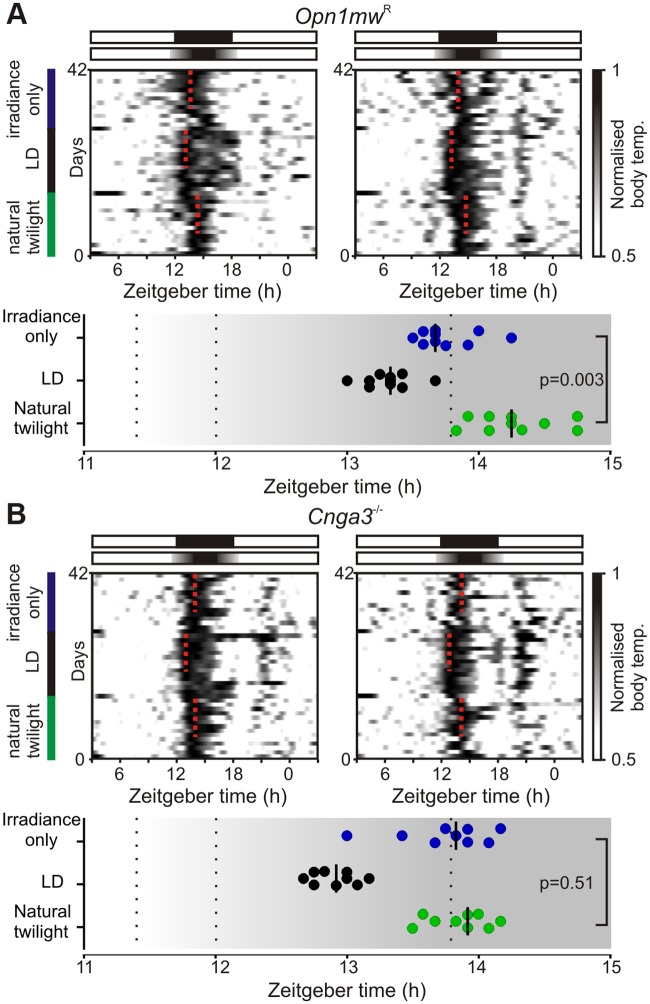Fig 5. Colour changes associated with natural twilight influence circadian entrainment.
(A) Top: Example body temperature traces from two Opn1mw R mice. Mice were exposed to sequential 14 d epochs of (i) simulated “natural” twilight (replicating natural changes in irradiance and colour during a northern-latitude summer), (ii) 18:6 square wave LD cycle, and (iii) a twilight photoperiod which lacked changes in colour (irradiance profile identical to “natural” but relative cone opsin excitation fixed to mimic night spectra). Dotted red lines indicate timing of peak body temperature from last 9 d in each photoperiod. Bottom plot indicates timing of peak body temperature for each individual (n = 10); bars represent median. Temperature cycles were significantly phase-advanced under the irradiance-only versus natural twilight (paired t test; p = 0.003). (B) Mice lacking functional cone phototransduction (Cnga3 -/-) exhibit identical phase of entrainment under both photoperiods (conventions as in A; paired t test; p = 0.51, n = 9) with peak body temperature occurring significantly earlier versus wild-type mice under natural but not irradiance-only twilight (unpaired t tests, p = 0.005 and 0.91 respectively). The data used to make this figure can be found in S5 Data.

